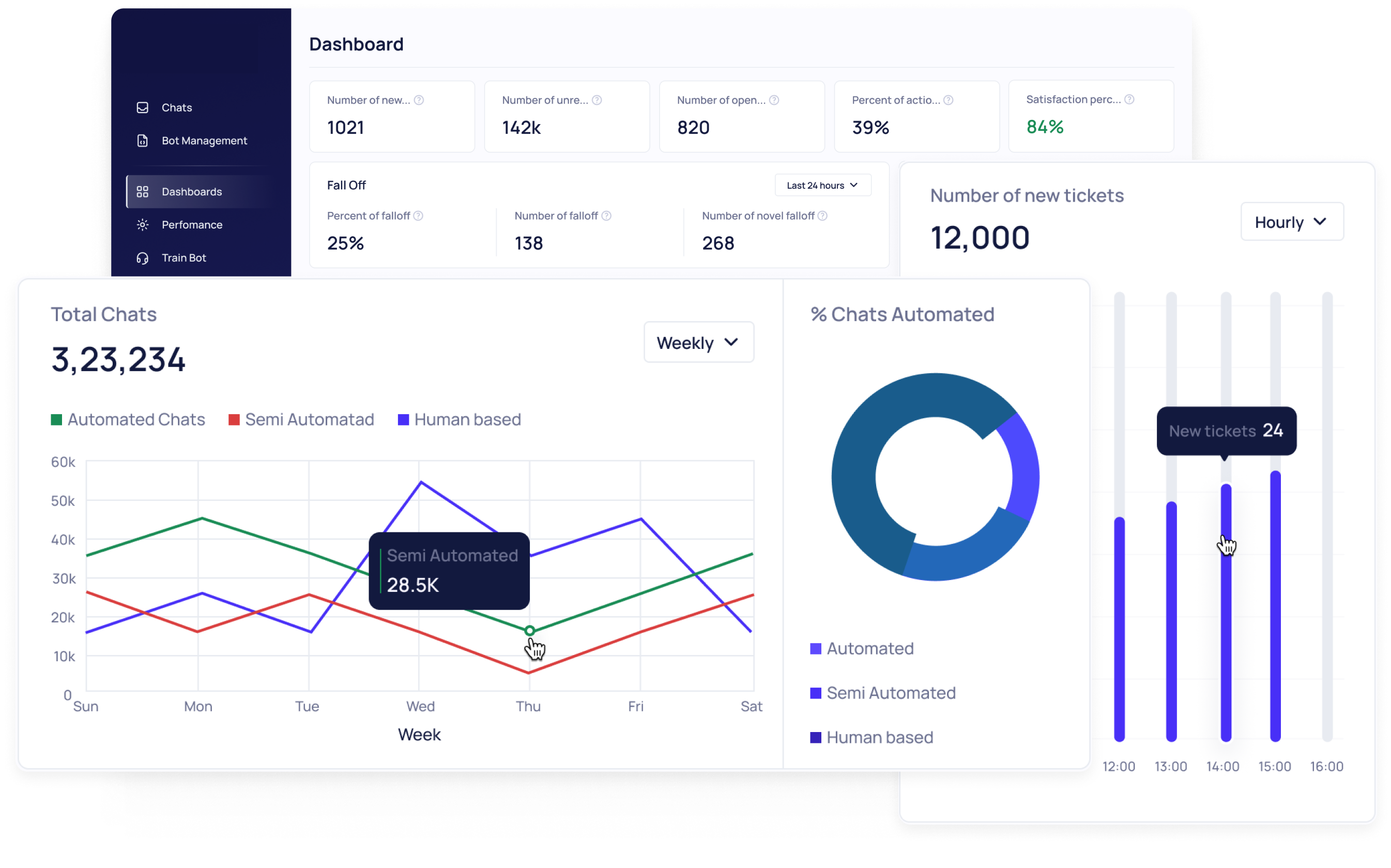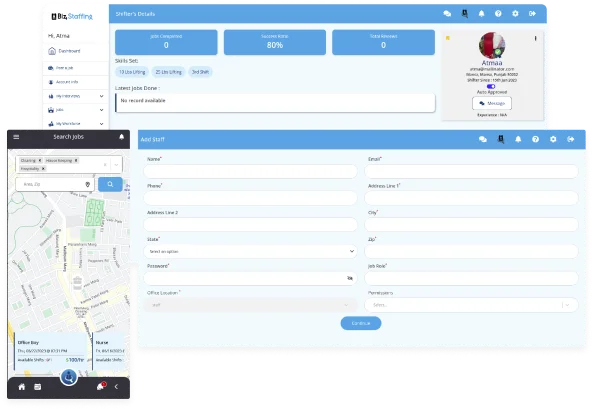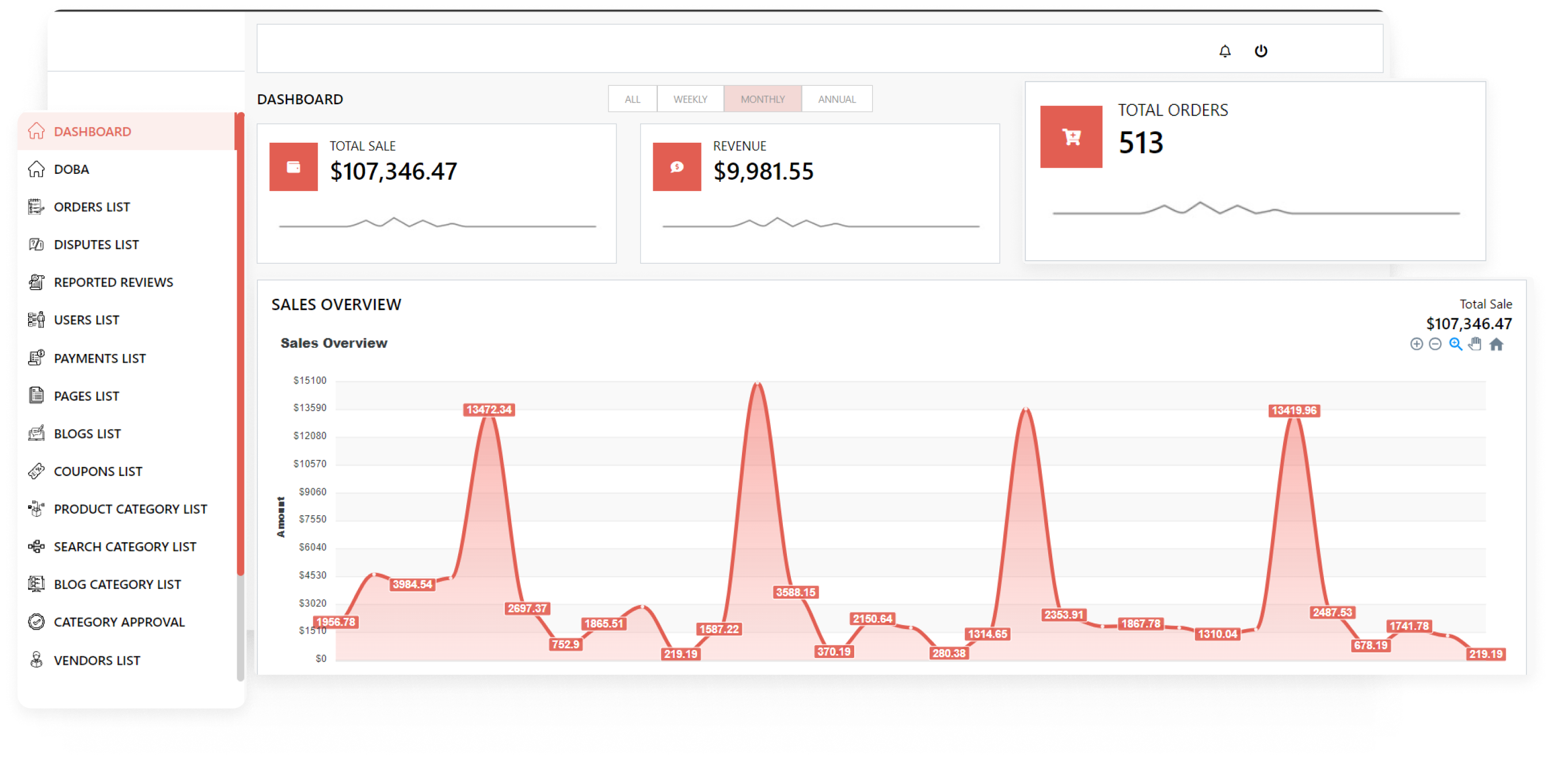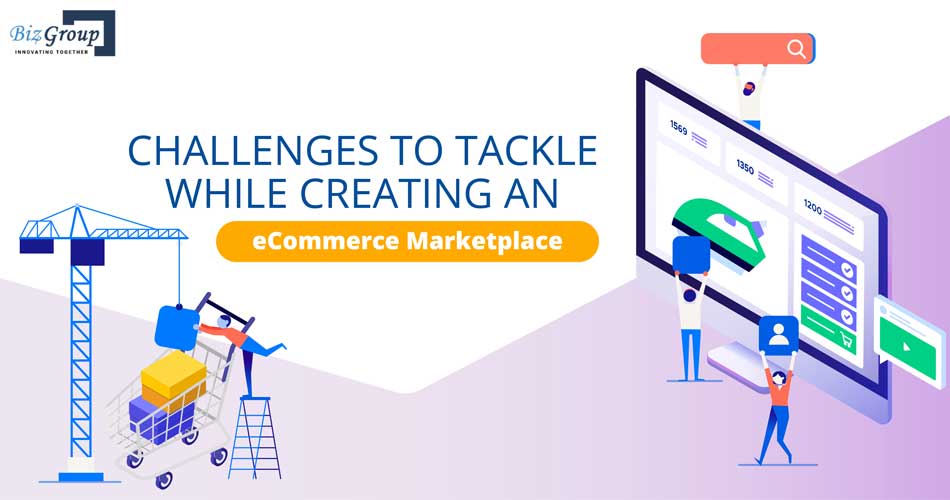Challenges To Tackle While Creating an eCommerce Marketplace
The online eCommerce market is in its booming stage, with nearly 1.8 billion people opting for such a platform to tick-off their shopping lists. Customers around the world are enjoying the variety of choices they get across an eCommerce marketplace with additional monetary and service perks.
According to the trend analysis by Statista, the global retail eCommerce sales would go around USD 4,206 billion dollars by the end of 2020. This number is further expected to rise up to USD 6,542 billion dollars in the next three years, showing a 35.7% growth in the numbers. More than 22% of the global retail sales will be delivered via eCommerce platforms in 2023, as compared to just 14.1% of global sales were in 2019.
What’s next?
It is evident that eCommerce marketplaces are enjoying sensational popularity across the global customer base. A lot of businesses are doing pretty well in their respective eCommerce service domains, thanks to the latest technologies that are being integrated within the platforms to create a remarkable customer experience.
The thing with such a variegated user base is that one needs to keep innovating and improving on their service offerings to stay ahead of their competition. eCommerce leaders like Amazon and eBay clearly depict the idea of success in a global landscape. These market leaders have championed the use of innovative technologies and practices to constantly improve their customer satisfaction, thereby getting a higher return on their investment.
Time and again, technological advancements have created opportunities for business leaders to convert trends into profitable expeditions. Today’s eCommerce sector has evolved with modern technologies like smart chatbots and user segmentation. Customers are being served with a personalized shopping experience with attractive deals and offers. Going forward, technologies like data analytics, mobilized shopping, vertical eCommerce, and Virtual Reality tech will pave the path for eCommerce success.
Analysts have quoted that by 2021, 53.9% of all eCommerce sales will take place through mobile devices. Customers are increasingly looking for a smooth and convenient shopping experience which remains as intuitive across mobile devices as it is on the computers. Only by offering a seamless user experience across all major platforms and devices, you can ensure successful sales conversion. With just a few taps and clicks, the user must be able to complete his purchase cycle with enough room offered for reading valuable reviews and comparative analysis.
It is a fact that the dynamics keep changing across the world of eCommerce. While every modern business wants to jump on the bandwagon of success, not all can convert the opportunity into a successful delivery model. Here are a few common challenges businesses face while building an eCommerce marketplace.
Market Research and Product Supply
Charles Darwin once quoted “It is not the strongest or the most intelligent who will survive but those who can best manage change.”
While launching an eCommerce marketplace, you should gain good knowledge about the present market state and the targeted customer section. Effective market research helps define the actual market size and potential that lies in it. By gaining good insight about market tendencies you can easily plan marketing strategies and pricing campaigns.
After understanding the market demand, one very important aspect to consider is a constant product supply. While starting off with an eCommerce business, study third-party eCommerce platforms to understand the supply chain and establish meaningful partnerships with retailers and manufacturers.
Multiple channel Acquisition
A lot of eCommerce businesses fail to incentivize their potential just because they fail to engage with multiple user acquisition channels. In order to drive sales and conversions across today’s marketplace, you need to understand the audience's behavior and their channel interactions. Invest in multiple customer acquisition channels to ensure maximum interaction conversions on your eCommerce marketplace.
Sales Optimization
While eCommerce marketplaces endorse great customer experiences and powerful infrastructure, they lack the human interaction which traditional shoppers tend to enjoy while making sales decisions. To make amends for the same, eCommerce marketplaces need to implement efficient sales optimization techniques to improve their customer journeys across the platform. By studying the inside out of customer interactions and behavior, you can build optimized routes to ensure sales conversion. To go with this, business-owners can also integrate chatbots and intelligent customer support systems into their CRM solutions to provide real-time support to the customers.
Technology for Growth
Leading-edge technological advancement has been one of the crucial factors behind the tremendous success of the eCommerce industry. Promising developments in areas like mobile commerce, location-based marketing, VR techniques and IoT have improved the scope and efficiency of eCommerce. Going forward, businesses who wish to procure enterprise-level growth should join hands with a good technology partner for convenient stack and infrastructure upgrades. This would also help with efficient upkeep and failsafe operability of the platform.
Excellent User Experience
Driving an excellent UX is probably the most challenging part of an eCommerce business. According to Blake Ross, co-creator of Mozilla Firefox, “The next big thing is the one that makes the last big thing usable.” Customers today look for a high level of convenience, reliability, and personalization in an eCommerce platform, and only a brilliant UX design can help you achieve the prospects of it.
A simplified sales journey is what millennial customers expect today. From product search to presentation and lastly, to the payment, customers enjoy clutter-free shopping experience. By investing in areas like platform reliability and quality you can very well present them with a place they would love to shop at. UX optimizing features like product filtering and sorting functions help customers reach their desired product easily. Also, post-sales support services like easy replacement and refund, flexible dispute management and 24/7 support improve platform credibility.
Final words
Building a successful eCommerce marketplace brings along as many challenges as its perks. By closely analyzing the trends, you can easily perceive that there has not been a considerable change in the type of challenges for eCommerce development. However, practices like customer-centric approach, targeted marketing, impactful UX design, and continuous improvement will help your marketplace standout of the competitors. Investing resources in sales optimization also holds a critical role in platform success, alongside frequent feature updates and functional changes.
 info@biz4group.com
info@biz4group.com 




















































